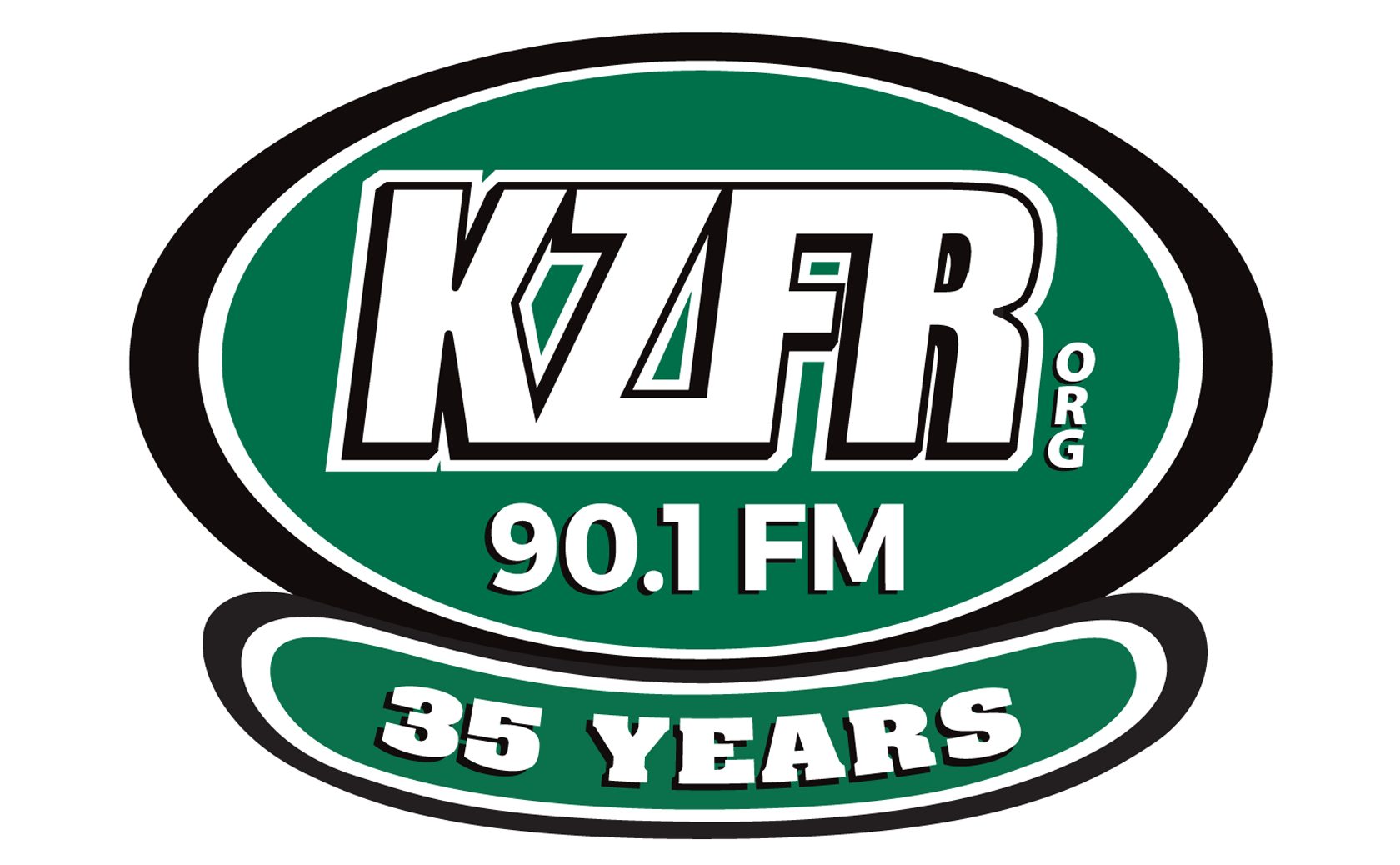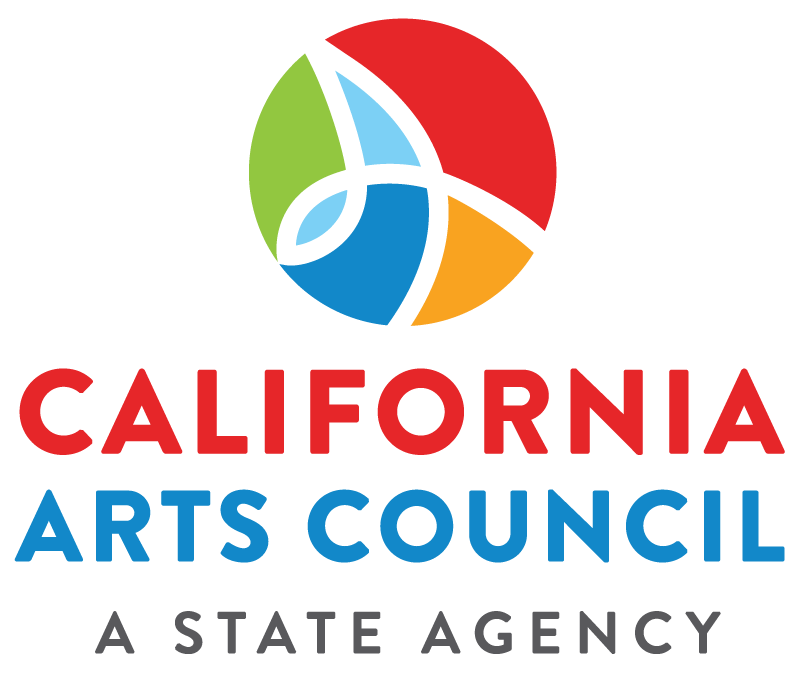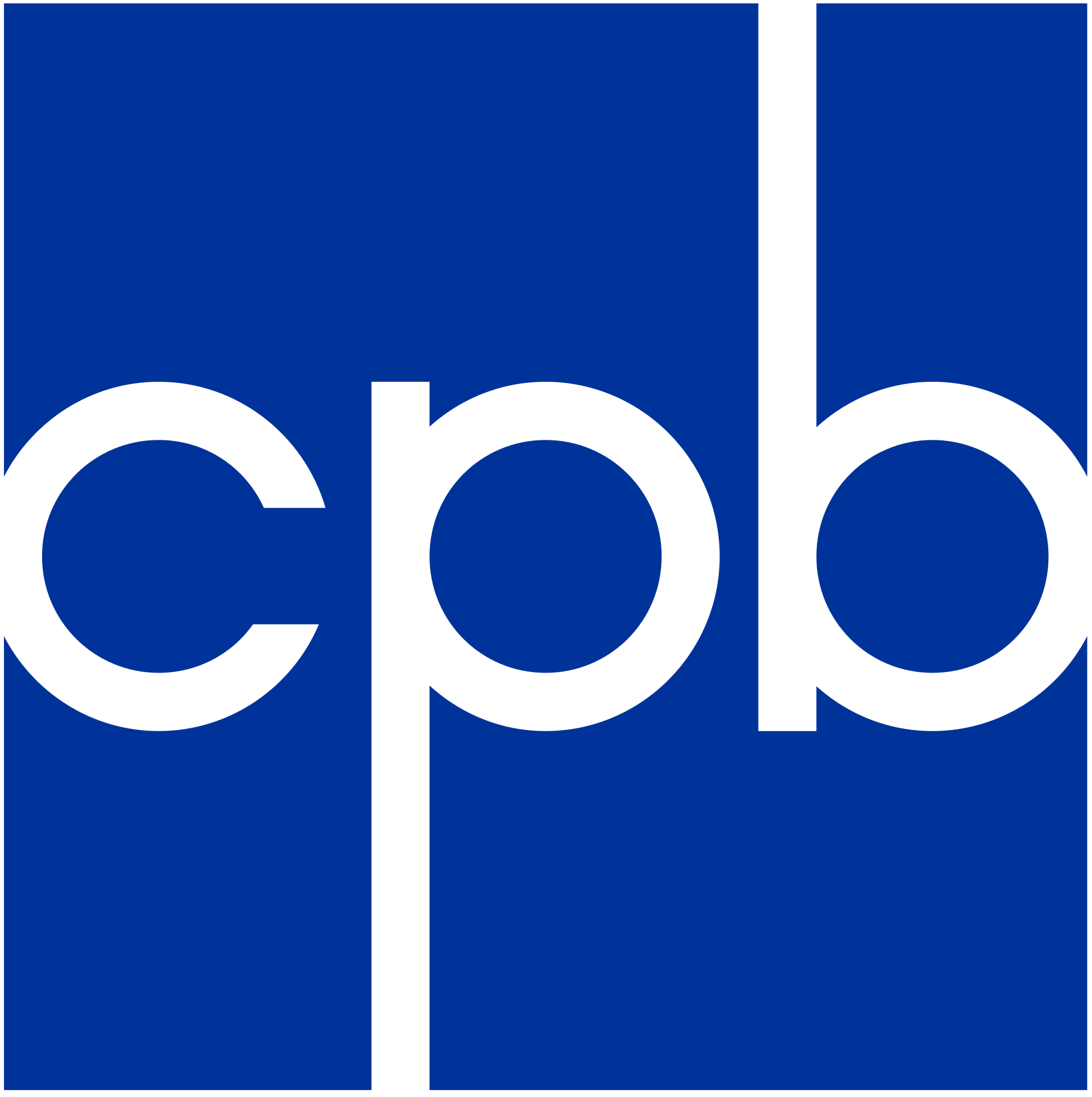Dallas's economic growth began with the arrival of the Houston and Texas Central Railroad (H&TC) in 1872. The railroad depot was east of downtown Dallas and its location led directly to the building of a cotton gin factory in 1884 and the opening of a Model T assembly plant by Henry Ford in 1913. The factories brought jobs and the jobs brought saloons. The area surrounding the H&TC railroad depot eventually became known as the “Central Track”. The Central Track attracted a variety of cowboys, farm workers, and fortune seekers such as J. H. "Doc" Holliday who augmented his dental practice with gambling, and who was eventually run out of town by a posse after he shot a prominent citizen.
It was the railroad depot in the Central Track that facilitated the growth of the African American community along Elm Street. There were low paying jobs there which served as the foundation for the new community which grew quickly and produced some prosperity. In 1916 the first building in Dallas designed and constructed for and by African Americans, The Grand Temple of the Black Knights of Pythias was built. Along with the offices of doctors, lawyers and other professionals, there was an auditorium-ballroom on the top floor used for dances, assemblies, and parties. The Dallas Express, a weekly Black newspaper was published in the Temple.
By the 1920’s the Deep Ellum area had become a major retail and entertainment center for Dallas residents; a mixture of African American and European immigrant storefronts. Its nightlife rivaled Memphis and Kansas City with clubs named “The Harlem” and “The Palace” and “The Cotton Club” that featured musicians such as Blind Lemon Jefferson, Huddie "Leadbelly" Ledbetter, Texas Bill Day, Lonnie Johnson, Bessie Smith, Ma Rainey, Benny Moten, and Big Mama Thornton. Leadbelly recalled meeting Blind Lemon there around 1912 and spending some time as his personal guide. The two worked Deep Ellum together and sometimes also performed in white neighborhoods for tips. According to Kansas City pianist Sammy Price, Deep Ellum was "a breeding ground, a place where musicians started out, and when they were good enough they left, went on to Kansas City and New York. In Deep Ellum there were more blues singers than just about anywhere else."
The nightlife brought with it pawn shops, loan offices, domino and pool halls, and walk-up hourly hotels. Reefer men, craps shooters, and card sharps mingled among the respectable business folks, and racial segregration was anathema as whites mingled with black and brown alike while conducting business and pleasure. In 1937 a local newspaper described Deep Ellum as: “….one spot in the city that needs no daylight saving time because there is no bedtime….the only place recorded on earth where business, religion, hoodooism, gambling and stealing goes on at the same time without friction…”
The community's notoriety found its way into song. In a folk tune about a murder called "Ella Speed" (recorded by Leadbelly, Mance Lipscomb and others), some later versions include the lines:
Walked up Ellum an' I come down Main,
Tryin' to bum a nickel jes' to buy cocaine.
Ho, Ho, baby, take a whiff on me.
The song "Deep Ellum Blues" as performed by Texas Bill Day includes the warning:
When you go down on Deep Ellum,
Put your money in your socks
'Cause them women on Deep Ellum
Sho' will throw you on the rocks.
Still another version points out that once a preacher goes to Deep Ellum “his preachin’ days are through!”
While the origins of “Deep Ellum Blues” are obscure, it may have evolved from a traditional string band song called “The Georgia Black Bottom” from which it shares some lyrics. “The Georgia Black Bottom” was first recorded in 1927 on Okeh Records by the Cofer Brothers, a white duo from Georgia. Although “Deep Ellum” is about a predominantly African-American neighborhood the song probably was developed by white musicians who were familiar with “The Georgia Black Bottom” song and Deep Ellum’s reputation. The first recordings of the tune were by white country & western bands. The Texas-based Shelton Brothers recorded a version in 1935 for Decca Records and the Chicago-based Texas-swing outfit, the Prairie Ramblers also hit the airwaves with their own version recorded the same year for Melotone. It became the signature song of the Shelton’s and its popularity (and perhaps the notoriety of the place) inspired them to write two additional tunes around the same theme: “Just Because You’re in Deep Elem” and “What’s the Matter with Deep Elm?”
The fortunes of Deep Ellum continued to rise through the 1930’s into the 1940’s but following World War II the neighborhood’s luster and nightlife began to fade. The ever-growing dominance of the automobile led to the removal of the H&TC railroad tracks in order to make way for the Central Expressway, and by 1956 the streetcar line had also been removed. Businesses closed, residents moved to new suburbs and urban blight and decay crept through the area. In the name of ‘Re-development’ (but at the request of the developers of new expanding suburban tracts) in 1969 the Central Expressway was elevated to accommodate traffic. This obliterated the center of the Deep Ellum neighborhood, turning it into a series of highway ramps. By the turn of the 21st century however the area began to revitalize as low property values and demographic shifts created an influx of new residents, small businesses, and a vibrant art and music scene. The community, deep in the heartland of Southern Baptist culture, embraces its checkered heritage as a place that challenged the social mores of the day, and calls itself "the town with its own song."
Sources: Kevin Pask's "Deep Ellum Blues" from the internet journal Southern Spaces. The website: deepellumtexas.com
Here’s a link to a short video “Deep Ellum Blues.” It features the music of Texas singer-songwriter Bill Neely, and is one of three short films in the Living Texas Blues Series: http://www.folkstreams.net/film,159
“Deep Ellum Blues” on American Pastimes: Shelton Brothers, Prairie Ramblers, Mance Lipscomb, Jerry Lee Lewis, Jerry Garcia Acoustic Band, David Bromberg Band, and Doc Watson (“Deep River Blues.”)







